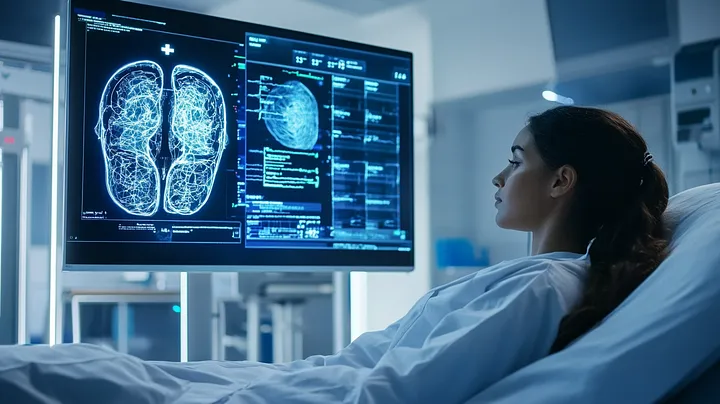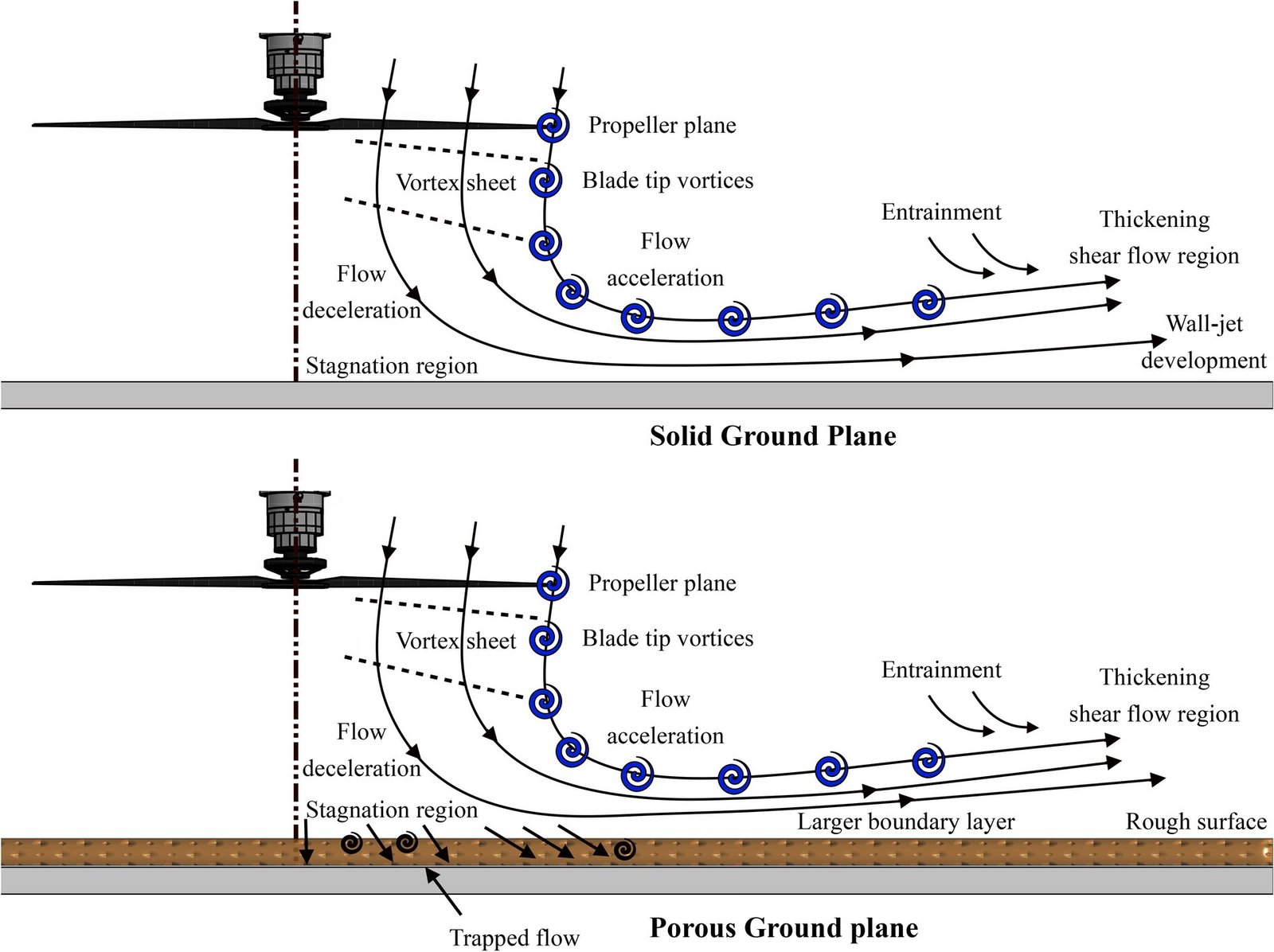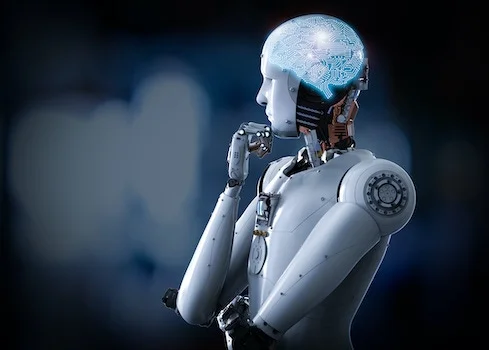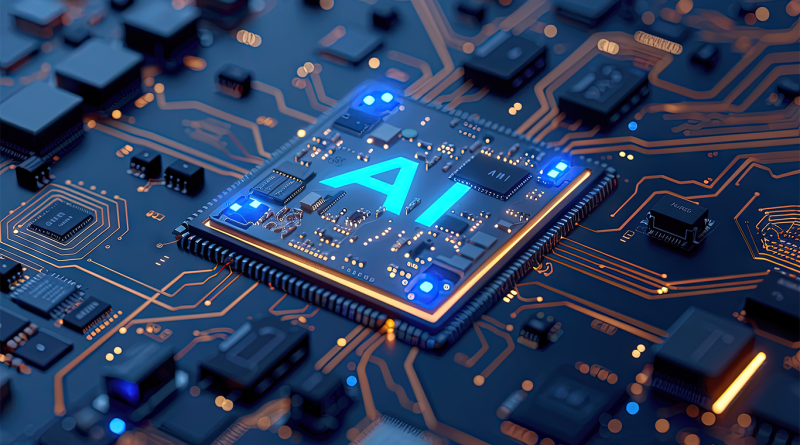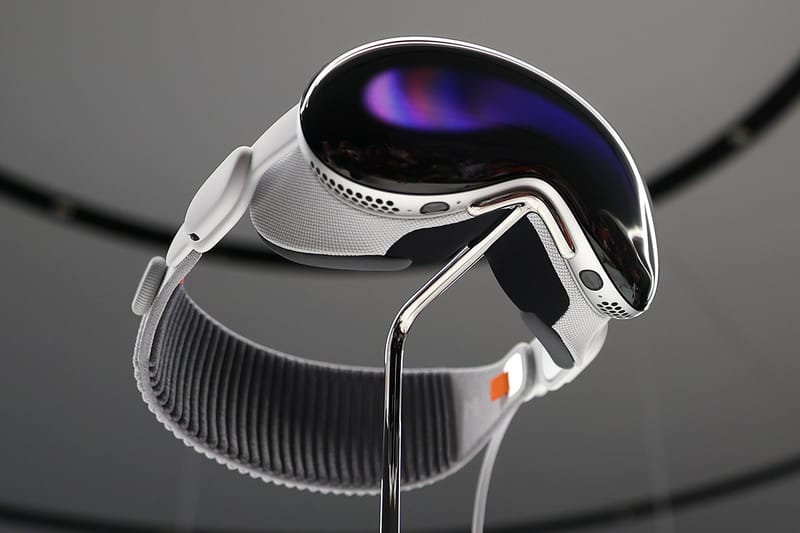In the not-so-distant past, medicine relied heavily on human intuition, years of education, and experience. Doctors would diagnose diseases based on symptoms, medical history, lab results, and physical exams. It was a slow, often cumbersome process where some diseases went unnoticed until they reached advanced, sometimes irreversible stages. But, with the advent of Artificial Intelligence (AI), the landscape of healthcare is shifting dramatically. AI is now playing an increasingly pivotal role in detecting diseases earlier than ever before, often identifying them even before human doctors can recognize the signs.
The Revolution in Disease Detection
AI’s entry into healthcare has been nothing short of revolutionary. In many ways, it is akin to the invention of the microscope or the stethoscope, allowing for unprecedented insight into the human body. This revolution is primarily driven by AI’s ability to analyze vast amounts of data quickly and accurately, patterns that might elude even the most experienced medical professionals. From detecting cancer in its earliest stages to identifying subtle neurological conditions, AI is changing the way we think about diagnosis and treatment.
The Role of Machine Learning in Healthcare
At the heart of AI in disease detection lies machine learning (ML), a subset of AI that enables computers to learn from data without explicit programming. ML algorithms can process and interpret massive amounts of data, often finding patterns that humans might miss. This is particularly beneficial in the realm of healthcare, where there’s a need to sift through vast quantities of patient records, imaging data, genetic information, and more.
Machine learning models can be trained to identify early warning signs of diseases by analyzing thousands or even millions of historical patient data points. For example, ML algorithms are being used to detect the early onset of diabetes by recognizing trends in blood sugar levels, family history, and lifestyle factors before doctors would typically notice them. Similarly, they can spot early-stage cancers through imaging techniques, picking up on tiny irregularities in scans that are too small for the human eye to catch.
Medical Imaging: The Perfect Playground for AI
One of the most exciting areas where AI is making significant strides is in medical imaging. Medical imaging is a crucial diagnostic tool in healthcare. From X-rays and MRIs to CT scans and ultrasounds, these images can reveal critical information about a patient’s health. However, the sheer volume of images and the complexity of interpreting them can be overwhelming, even for seasoned radiologists.
AI, particularly deep learning algorithms, is proving to be an invaluable asset in this area. Deep learning, a subfield of machine learning, mimics the human brain’s neural networks and can identify intricate patterns in data. In medical imaging, deep learning models are trained to detect anomalies in images that may indicate disease, such as tumors, fractures, or infections. For instance, AI systems can identify breast cancer on mammograms with remarkable accuracy, often detecting tumors that might be too small for a radiologist to spot.
A particularly remarkable example is the AI model developed by Google Health, which demonstrated the ability to detect breast cancer more accurately than human radiologists. In a study published in Nature, Google’s AI outperformed radiologists in both sensitivity (the ability to correctly identify cancer) and specificity (the ability to rule out healthy tissue). In some cases, the AI even managed to find subtle indicators of cancer that doctors had missed. This early detection can mean the difference between life and death, as treating cancer in its earliest stages significantly increases survival rates.
Similarly, AI models are being employed to detect lung cancer on CT scans. AI can analyze the radiographic images of the lungs and identify early-stage signs of cancer that radiologists might overlook. In fact, studies have shown that AI models can improve the accuracy of lung cancer detection by as much as 20%. With lung cancer being one of the leading causes of cancer-related deaths globally, this technology offers a glimmer of hope for earlier, more effective interventions.
AI in Pathology: Analyzing Tissue Samples
While radiologists are known for interpreting medical images, pathologists specialize in analyzing tissue samples to diagnose diseases. AI is making its mark here as well, particularly in digital pathology. In this field, AI systems are used to analyze high-resolution images of tissue samples, looking for patterns indicative of diseases such as cancer.
One area where AI is proving particularly effective is in the diagnosis of skin cancer. Dermatologists traditionally rely on visual exams and biopsies to diagnose skin cancer, but AI is enhancing their ability to catch melanomas early. AI-powered systems can analyze thousands of images of skin lesions and identify patterns that suggest malignancy. These systems can often detect melanoma in its earliest stages, when it is most treatable.
In fact, a study conducted by researchers at the University of Michigan demonstrated that an AI algorithm was able to detect melanoma with an accuracy rate higher than dermatologists. By analyzing high-resolution images of skin lesions, the AI was able to detect subtle signs of skin cancer that might go unnoticed by a human eye.
AI and Predictive Analytics: The Power of Data
AI’s ability to detect diseases early is also tied to its predictive capabilities. Predictive analytics involves using historical data to forecast future health outcomes. By analyzing patterns in patient data—such as blood pressure, heart rate, cholesterol levels, and even lifestyle factors—AI systems can predict the likelihood of developing certain diseases.
For instance, AI models are being trained to predict the likelihood of a patient developing heart disease. By analyzing data from wearable devices like smartwatches, combined with medical history and genetic information, AI can offer early warnings about a patient’s cardiovascular health. In fact, studies have shown that AI can predict heart attacks or strokes years before they happen, giving patients and doctors the opportunity to intervene and modify risk factors before disaster strikes.
AI is also being used to predict the onset of Alzheimer’s disease. While there is currently no definitive cure for Alzheimer’s, early detection can help slow its progression and improve quality of life for patients. AI algorithms can analyze brain scans, cognitive test results, and genetic markers to predict the likelihood of a patient developing Alzheimer’s long before symptoms are visible. By catching the disease in its early stages, doctors can start treatment plans that might delay or mitigate the disease’s impact.
AI in Genomics: Uncovering Genetic Diseases
One of the most groundbreaking applications of AI in healthcare lies in genomics, the study of genes and their roles in health and disease. As we sequence more and more human genomes, we are learning about the complex genetic factors that contribute to various diseases. AI plays a key role in analyzing this vast genomic data to uncover previously unknown links between genes and diseases.
AI algorithms can sift through vast amounts of genetic data, looking for patterns and mutations that might indicate a predisposition to certain diseases. For example, researchers are using AI to study genetic variations associated with cystic fibrosis, sickle cell anemia, and various forms of cancer. By identifying specific genetic markers early in life, AI can predict the likelihood of someone developing a genetic disease, even before symptoms manifest.
In addition to identifying genetic diseases, AI is also being used to help develop personalized medicine. Personalized medicine refers to tailoring medical treatments to an individual’s genetic profile. AI can help doctors choose the most effective treatment options based on a patient’s unique genetic makeup, significantly improving treatment outcomes and minimizing adverse effects.
AI in Early Detection of Infectious Diseases
AI is also playing an increasingly vital role in detecting infectious diseases. With the COVID-19 pandemic making the world acutely aware of the importance of early disease detection, AI has been a key tool in predicting outbreaks, diagnosing infections, and identifying potential threats.
For example, AI models are being used to analyze chest X-rays and CT scans of patients suspected of having COVID-19, helping doctors quickly identify the virus’s characteristic patterns in the lungs. AI systems can also analyze genomic data from viral samples to track mutations and predict the spread of new strains of the virus.
Beyond COVID-19, AI is also being used to detect other infectious diseases, including tuberculosis and malaria. By analyzing medical records, imaging data, and lab results, AI can identify potential cases of these diseases before they become widespread. This proactive approach helps healthcare systems respond more efficiently, potentially saving thousands of lives.
Ethical Considerations: The Challenges of AI in Medicine
While AI offers many promises for disease detection and treatment, it is not without its challenges. One of the most significant concerns is the ethical implications of using AI in healthcare. There are concerns about data privacy, as AI systems require access to sensitive patient data. Ensuring that this data is secure and that patient confidentiality is maintained is critical for the widespread adoption of AI in healthcare.
Another ethical concern is the potential for bias in AI algorithms. Since AI systems are trained on historical data, they can inadvertently perpetuate biases present in the data. For example, if an AI system is trained on a dataset that is not diverse, it may not be as effective in diagnosing diseases in certain populations, particularly minority groups. Ensuring that AI systems are trained on diverse, representative datasets is essential for achieving fair and accurate results.
Moreover, there is the question of accountability. When AI makes an incorrect diagnosis, who is responsible? The doctor who relied on the AI’s recommendation, or the creators of the AI system? These questions are still being explored and will need to be addressed as AI becomes more integrated into medical practice.
The Future of AI in Disease Detection
Looking forward, the potential of AI in disease detection is vast. As AI continues to evolve, it will become even more adept at detecting diseases in their earliest stages. The integration of AI with wearable technology and telemedicine could enable real-time monitoring of patients’ health, allowing for even earlier detection of issues before they become serious.
In the future, AI may also become better at multi-modal diagnosis, where it combines data from various sources—such as genetic information, imaging, lab tests, and patient history—to provide a comprehensive diagnosis. This could lead to more accurate, personalized treatments and better outcomes for patients.
While we are still in the early stages of AI’s full potential in healthcare, it is clear that it is already saving lives by detecting diseases earlier than doctors can. AI is providing doctors with a powerful tool that enhances their ability to diagnose and treat diseases, ultimately leading to a healthier, more proactive approach to medicine. As the technology continues to advance, we can only imagine how much more it will be able to do to improve human health.
Conclusion
Artificial intelligence is transforming healthcare by enabling earlier disease detection, faster diagnosis, and more personalized treatment options. From medical imaging to genomics, AI is opening up new frontiers in disease detection that were previously unimaginable. While there are still hurdles to overcome, including ethical considerations and the need for transparent, diverse datasets, the future of AI in healthcare looks promising. As AI continues to evolve, it holds the potential to revolutionize the way we approach health, making it possible to catch diseases long before they become life-threatening, ultimately improving the quality of life for patients around the world.
